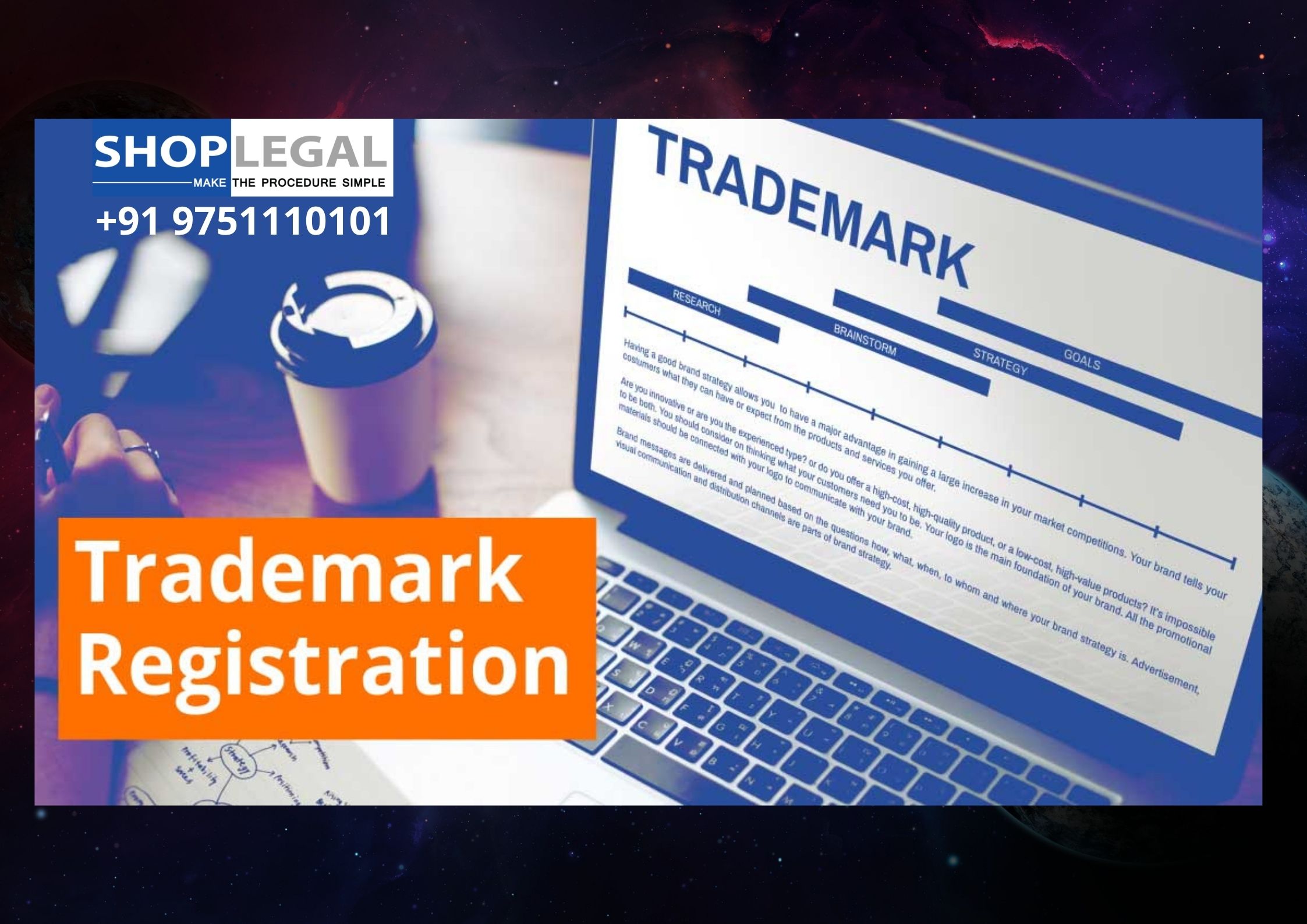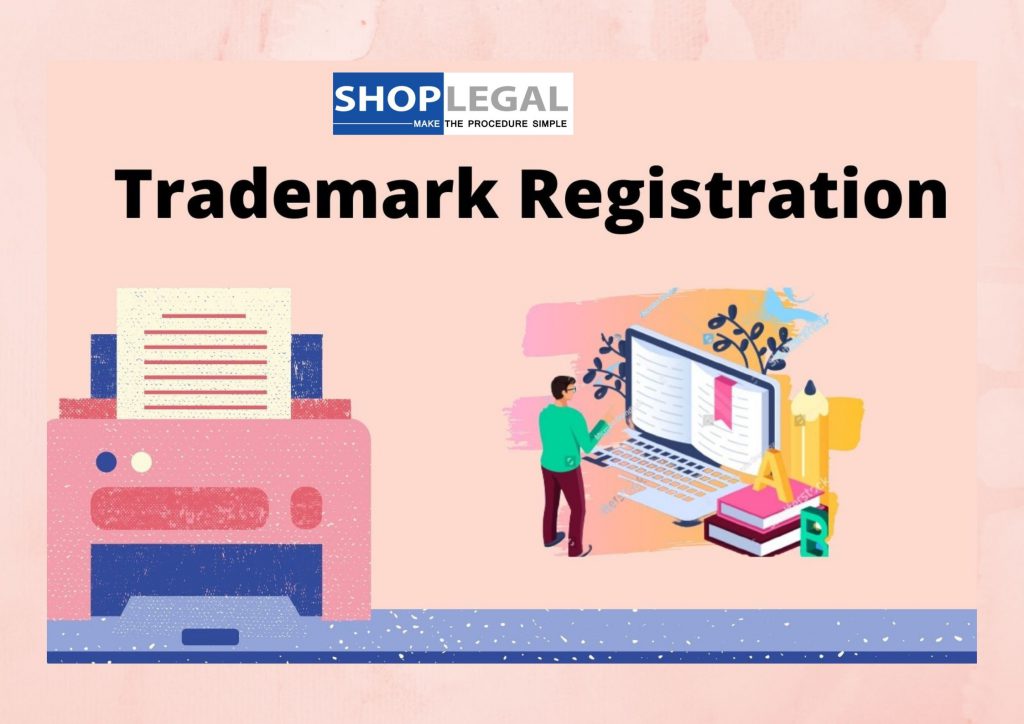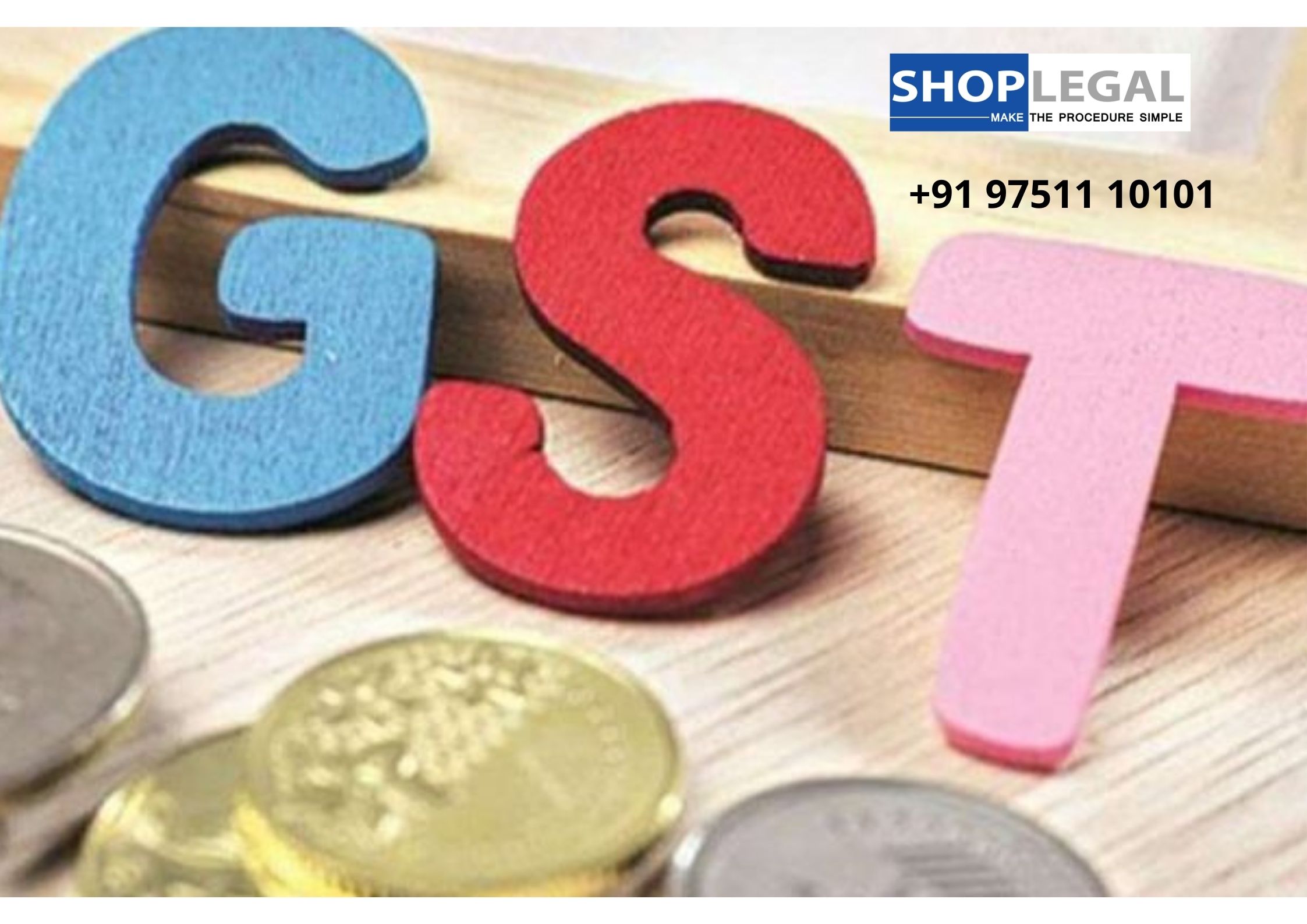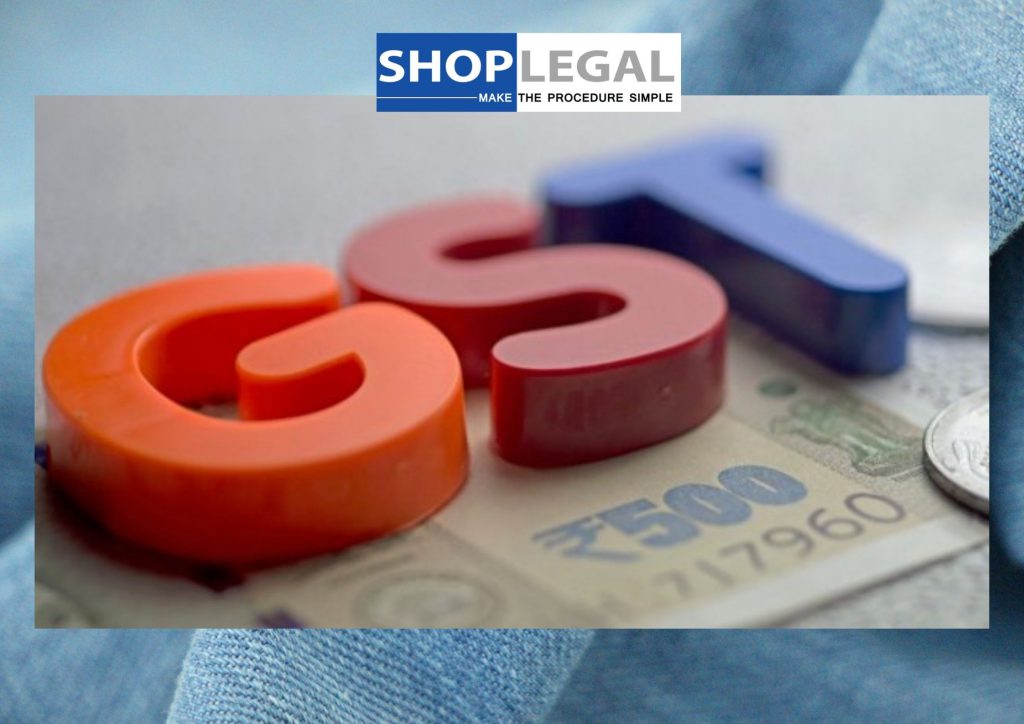Copyright automatic in India
Copyright enlistment in India gives financial freedoms to the makers of materials like writing, workmanship, music, sound accounts and movies and broadcasts; hence empowering them to control the utilization of their material in various ways, for example, by making duplicates, giving duplicates to general society, acting out in the open, telecom and utilize on the web. It likewise gives moral privileges to be recognized as the maker of particular sorts of material and to have a problem with its twisting or its mutilation. (Material safeguarded by copyright is named as “work”).
Copyright doesn’t safeguard thoughts, names or titles. The motivation behind Copyright regulation in India is to permit Copyright registrants to acquire monetary prizes for their endeavors and to empower future imagination and the improvement of new material which benefits everybody. Copyright material is generally the aftereffect of inventive abilities or potentially critical work as well as venture, and without security, it would regularly be exceptionally simple for others to take advantage of material without paying the maker. Most employments of Copyright material thusly require authorization from the Copyright proprietor. Anyway there are sure exemptions where a few minor uses may not bring about Copyright encroachment.
Copyright insurance is automatic when there is a record in any type of the material that has been made. There is an arrangement to register the Copyright under the Indian Copyright Act, albeit this is intentional.
Proprietor of a Copyright
- On account of an abstract, sensational, melodic or imaginative work, the common principle is that the creator, for example the individual who made the work is the primary proprietor of the financial freedoms under Copyright. In any case, where such a work is made throughout business, the business is the principal proprietor of these freedoms, except if a consent running against the norm has been made with the creator.
- On account of a movie, the important chief and the movie maker are joint creators and first proprietors of the financial privileges, and comparable arrangements as alluded to above apply where the chief is utilized.
- On account of a sound recording, the record maker is the creator and first proprietor of Copyright; on account of a transmission, the telecaster; and on account of a distributed release, the distributer.
Copyright is, be that as it may, a type of property which, as actual property, can be traded, acquired or in any case moved, entirely or partially. In this way, some or each of the financial privileges may along these lines have a place with somebody other than the primary proprietor. Conversely, the ethical freedoms concurred to creators of abstract, emotional, melodic and imaginative works and movie chiefs stay with the creator or chief or pass to their main beneficiaries on death. Copyright in material created by a Government office has a place with the Government of India.
- Copyright proprietors by and large reserve the option to approve or deny any of the accompanying comparable to their works:
- Replicating of the work in any capacity E.g. copying/recreating a printed page by penmanship, composing or examining into a PC or taping live or recorded music.
- Giving duplicates of the work to people in general.
- Public conveyance of talks or addresses and so on
- Broadcasting of the work, sound/video or remembering it for a link program.
- Making a transformation of the work, for example, by deciphering an artistic or sensational work, interpreting a melodic work or changing over a PC program into an alternate code or code.
Copyright infringement
Copyright is encroached when any of the above acts are managed without authorisation, whether straightforwardly or in a roundabout way, or whether considerably (to a limited extent) or in entire, except if what is done falls inside the extent of special cases for Copyright encroachment allowing specific minor employments of material.
There are various special cases for Copyright that permit restricted utilization of Copyright works without the consent of the Copyright proprietor. For instance, restricted utilization of works might be feasible for exploration and private review, analysis or survey, announcing recent developments, legal actions, instructing in schools and other instructive foundations and not-revenue driven playing of sound accounts.
Yet, assuming you are replicating a lot of material or potentially making numerous duplicates then you might in any case require consent. Additionally where a Copyright exemption covers distribution of passages from a Copyright work, it is by and large important to incorporate an affirmation. Some of the time more than one special case might apply to the utilization you are considering.
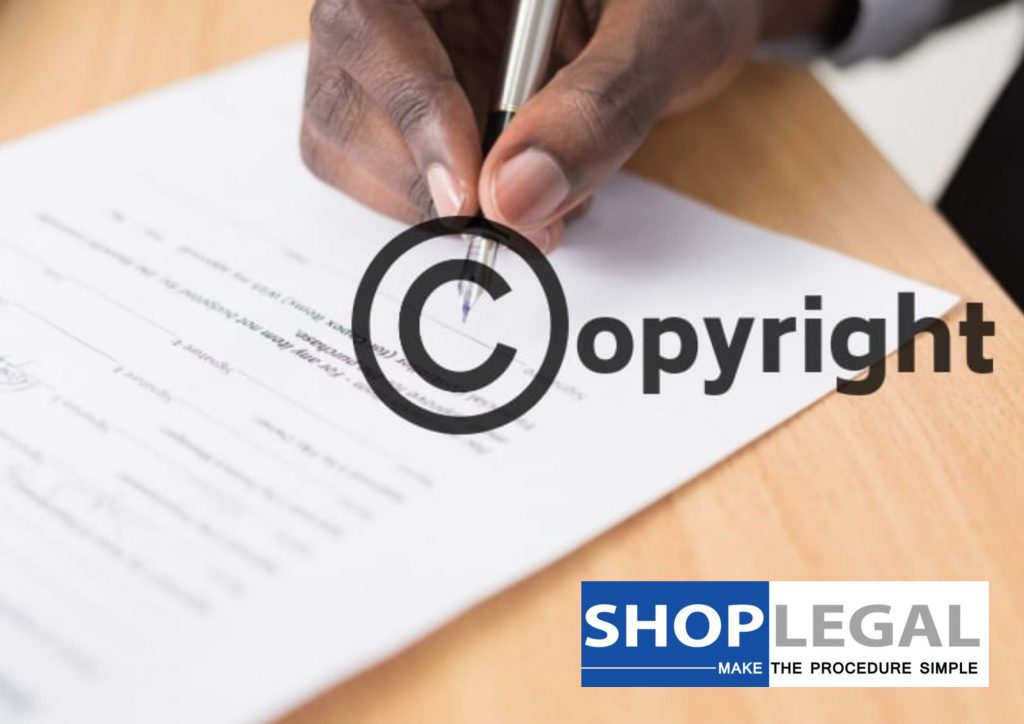
Exemptions
Exemptions for Copyright don’t for the most part give you privileges to utilize the Copyright material; they simply express that specific exercises don’t encroach Copyright. So it is conceivable that an exemption could be abrogated by an agreement you have marked restricting your capacity to do things that would some way or another fall inside the extent of a special case.
It is vital to recall that simply purchasing or claiming the first or a duplicate of a Copyright work doesn’t give you the consent to utilize it the manner in which you wish. For instance, purchasing a duplicate of a book, CD, video, PC program and so on doesn’t really give you the option to make duplicates (in any event, for private use), play or show them in broad daylight. Other ordinary employments of Copyright material, for example, copying, examining, downloading from a CD-ROM or online data set, all include replicating the work. In this way, consent is by and large required. Likewise, utilization past the particulars of a concurred permit will require further authorization.
Copyright law needs an amendment
The most common way of enrolling copyright is basic; it doesn’t include any assessment by the Registrar of Copyrights. It is only to look for any protests on the responsibility for guaranteed copyright.
Despite the fact that Sanjay Soya has revised this irregularity, the issue runs further. It isn’t remarkable for authorization specialists, like the police and the traditions, to reject implementation of unregistered protected work, just due to obliviousness of the settled place of regulation going against the norm. Despite the fact that the decisions like Sanjay Soya clarify the right place of regulation, the permeation of this law to the lower rungs of the authorization organization stays far fetched.
The arrangement then, at that point, lies in official revision. In this way, for legitimate assurance, the Parliament of India ought to alter the Copyright Act to explicitly explain that copyright enrolment isn’t needed for requirement.
Nonetheless, without even a trace of express arrangements in the Copyright Act or somewhere else, there is space for unbridled watchfulness with respect to the implementation specialists to decide responsibility for. Thusly, on account of unregistered protected work, it would be prudent for the capable position to give restricting rules to the implementation specialists to decide copyright proprietorship for various protected works. This will reinforce the legitimate assurance and consistency planned to be accomplished by the law.







